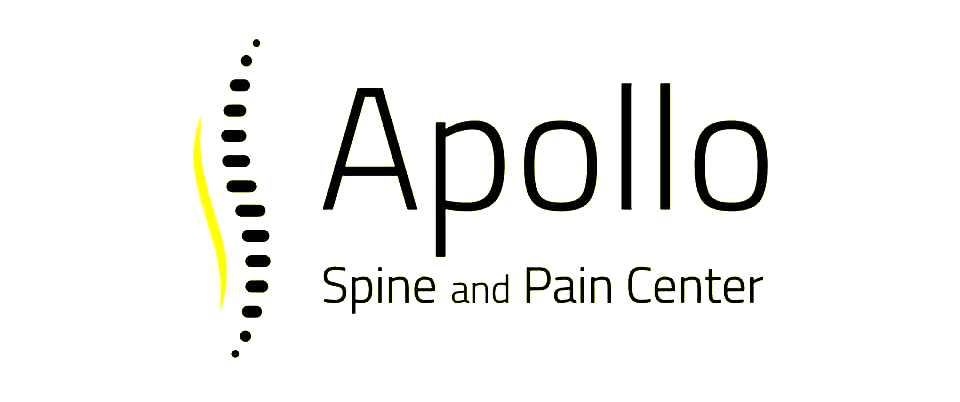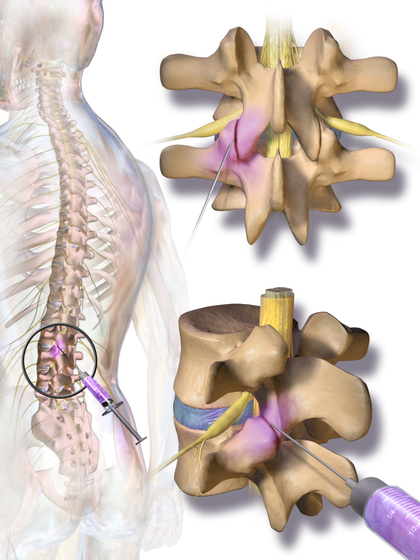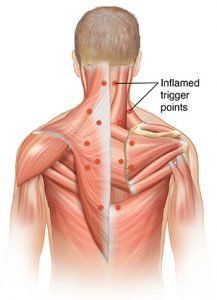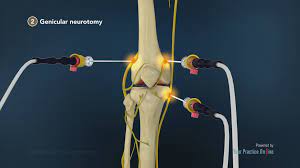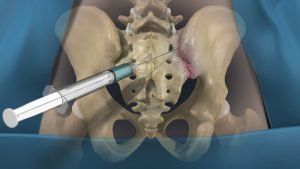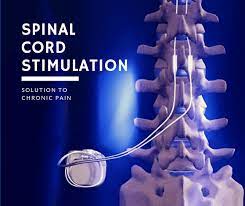These are injections, which we perform using X-ray guidance, that help us diagnose and treat pain that comes from the small joints of the spine (facet joints). Disease in these joints, including arthritis, can cause pain in the head, neck, upper and lower back, and buttocks.
What to expect: These procedures take about five minutes and we can use either local anesthesia or comfortable sedation.
Radiofrequency nerve ablations
These help us treat back and neck pain. Using radiofrequency nerve ablation under X-ray guidance, we deliver precisely controlled heat to temporarily and selectively disable nerves responsible for pain.
What to expect: The procedure takes about 20 minutes. We use either local anesthesia or comfortable sedation.
Major joint injections
These help relieve pain from many causes, including osteoarthritis. We inject medications such as corticosteroids and local anesthetics directly into the source of the pain. To find the precise right location, we use X-ray guidance. This procedure takes two minutes.
Occipital nerve blocks
These help us treat headaches, including migraines. We inject a local anesthetic with or without a small dose of corticosteroid into the back of your head, near the greater and lesser occipital nerves. This procedure takes about 30 seconds.
